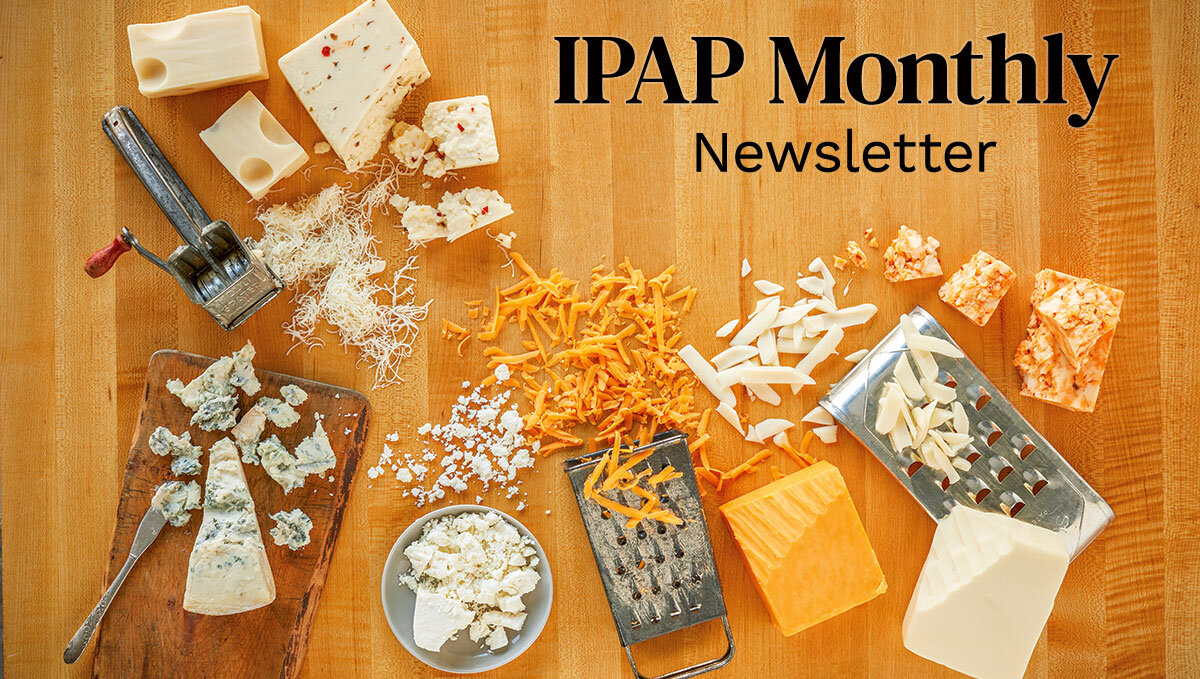

During the Big Game this weekend, football fans will take their guacamole consumption seriously.

They’ll devour more avocados on Sunday than on any other day this year – at least 100 million pounds! Here are three more bits of avocado trivia to share with your friends over guac and chips during halftime:
-
 In the early 20th century the avocado was commonly called the “alligator pear.” Legend has it this nickname was derived from people mishearing the fruit’s original English name, “avogato pear.” In 1915 California growers began marketing the fruit as the “avocado” to steer consumers’ perceptions away from swamp creatures.
In the early 20th century the avocado was commonly called the “alligator pear.” Legend has it this nickname was derived from people mishearing the fruit’s original English name, “avogato pear.” In 1915 California growers began marketing the fruit as the “avocado” to steer consumers’ perceptions away from swamp creatures. -
 Clearly that name change was effective – 67% of consumers say having the option of an avocado add-on at a restaurant improves their perception of the menu quality.
Clearly that name change was effective – 67% of consumers say having the option of an avocado add-on at a restaurant improves their perception of the menu quality. Avocados are jam-packed with nutrients including fiber, potassium, vitamins and “good fats.” The nutrients found in avocados can help aid in digestion, lower blood pressure and cholesterol levels, and reduce disease risks.
Avocados are jam-packed with nutrients including fiber, potassium, vitamins and “good fats.” The nutrients found in avocados can help aid in digestion, lower blood pressure and cholesterol levels, and reduce disease risks.


Simplot, IPAP’s sole avocado supplier, offers IPAP members numerous presentation options including slices, diced cubes, fresh halves and frozen halves.
If you make guacamole dip, do it simply and cost-effectively with Simplot Harvest Fresh Avocados™ Pulp. When you buy a raw avocado, you pay for the pit, peel and trim that all go unused in guacamole. Simplot Harvest Fresh Avocados™ Pulp eliminates these components. You’ll use 100% of what you purchased saving on average four minutes of labor per pound. Simplot also sells ready-to-eat guacamole if you feel wish to skip the food prep and get dipping. Contact your IPAP account manager to order.
Looking for inspiration in the kitchen? Simplot’s 89 avocado recipes found here range from chicken sandwiches to smoothies to sweet potato tacos. Simplot’s menu of inspiration will have you set for any snack or meal.

IPAP’s redesigned website is live.
In case you missed last week’s announcement, here is the lowdown of what’s new and improved:
- The Supplier Network: The latest directory of IPAP’s 60 dairy suppliers is complete with updated logos, company descriptions and website URLs.
- Market Recap: The weekly dairy market report follows the format you are familiar with but has been given a face lift and made easier to read.
- Training Videos: For our visual learners, IPAP presents a section devoted to educational videos produced by our partners. Learn how cheese is produced, recipes and more on the Training Videos page.
- Cheese Categories: Cheese Categories, formerly the former Menu Applications page, still offers menu suggestions for the cheeses but has been expanded to highlight the cheeses’ histories, characteristics and photos.
- Newsletter: If you haven’t noticed, you are reading this newsletter on IPAP.com rather than in your inbox. Sharing news on the website will allow you to have a convenient and uniform IPAP experience all in one place.
These updates are to the front end of the website only, but IPAP is hard at work redesigning the business-to-business portal. Watch for an overhaul there in the future.
Please update any of your bookmarks to IPAP.com. Even though the URL remains the same, you may nonetheless encounter issues if you use an old bookmark to try to access the site.

Are you a master of all things cheese and dairy?
Test your knowledge here. Answers appear below the Dairy Dive.
1. Which of these cheeses did not originate in Wisconsin?
A) Colby
B) Farmer’s
C) Brick
2. The Guinness World Record for this creation weighs 3,121 pounds.
A) Largest cheesecake
B) Largest cheese sculpture
C) Largest pizza
3. Hard cheeses such as Parmesan begin to melt at…
A) 100 degrees Fahrenheit
B) 140 degrees Fahrenheit
C) 180 degrees Fahrenheit
4. These types of cheeses tend to “weep” and should be wiped with a paper towel before they are scored and cut.
A) Hard cheeses
B) Waxed cheeses
C) Blue-veined cheeses
5. Why is the French cheese Casu Marzu banned in the United States?
A) It contains high levels of nontoxigenic E.coli.
B) Its odor is considered a public nuisance.
C) It contains too many maggots per square inch.

Recent headlines about cheese, milk and dairy products from around the web.
- Super Bowl 2020 recipes: Pimento cheese dip for the big game (plus 4 other ideas) (NBC News)
- Building a superior Super Bowl nacho bar comes down to the 3 C’s — chips, cheese, chiles (Chicago Tribune)
- Senators ask FDA to crack down on non-dairy milks, cheeses (The Hill)
- Solving an ancient dairy mystery could help cure modern food ills (Horizon Magazine)
- Milk 2.0: How the dairy industry plans to save milk (CNN)
- World’s first cheese hotel opens in UK today – and it’s free to stay (DevonLive)
- International trade agreements are good news for WI dairy farmers (WBAY)
- Williston High School uses espresso machine to boost milk consumption (KFYR)
- Where to Find the Country’s Best Cheese (The Wall Street Journal)
- Milk or water? WA state lawmakers consider banning sugary drinks from kids menus (KUOW)
- People from Colby, Wisconsin make case for Colby as official state cheese (Channel 3000)
- University of Liverpool cheese bookmark sparks Twitter jokes (BBC)
